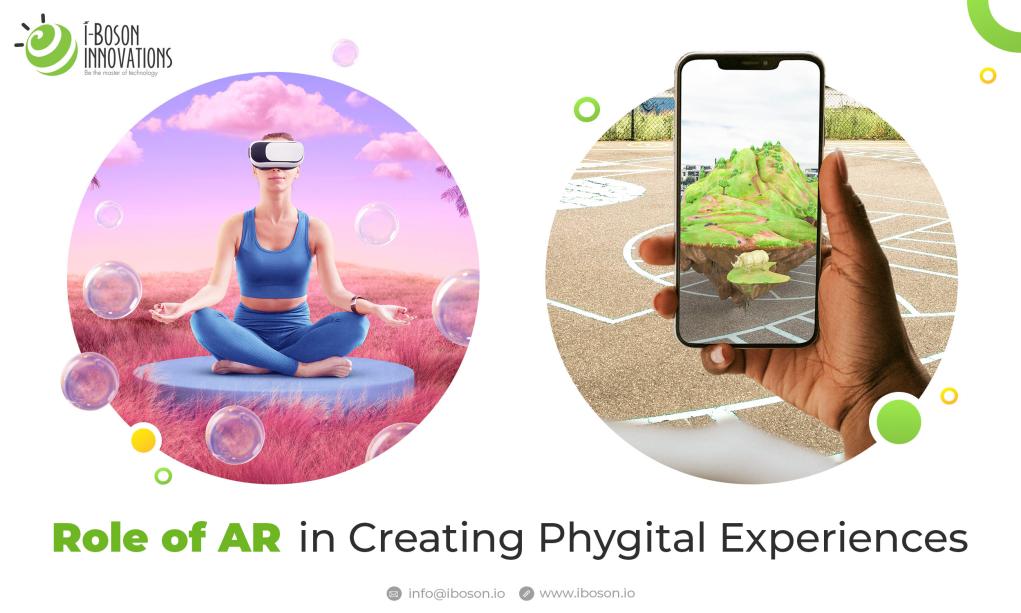The Role of AR in Creating Phygital Experiences
November 18, 2022
Phygital is yet another word coined to describe an omnichannel experience by blurring the line between physical and virtual worlds created to provide customers with immersive experiences that create lasting impressions. Just a few years ago, people preferred visiting physical stores to do shopping. But today, the tides have changed and retailers now prefer the omnichannel approach and have embraced the phygital experience.
According to Wikitude, more than 40% of consumers prefer immersive experiences during shopping and to provide the phygital experience, retailers now use virtual reality and augmented reality technologies. And the research findings by the International Data Corporation also prove that tech-focused customer experience is the main strategy adopted by successful businesses and the global spending on CX technology is expected to reach $641 billion by the end of 2022.
Role of Augmented Reality in Phygital Experience
Immersive technologies like AR and VR are the core of phygital experiences. By utilizing these technologies, they can form impressions that can create an attachment to the product, leading to more sales. Many businesses already use augmented reality technology to provide phygital experience for customers through various channels.
Examples of Phygital Experiences
Years back when AR was in its early stage, IKEA launched the IKEA Place app which uses AR technology that allows users to virtually place furniture in their own physical space to check if it fits. This ensures the user is satisfied before proceeding with the purchase.
Almost all of Nike’s physical outlets are now equipped with AR solutions to provide phygital experiences. By just scanning the QR codes, the customers can access detailed information about the products and even know any current ongoing offers associated with the products. Also, Nike has now adopted AR into their marketing campaigns to generate curiosity among their users.
BMW has an AR app that allows customers to style their cars with the colors of their choice at the comfort of their homes. Along with it, the app also allows the customers to experience driving the cars.
Adidas launched their AR app years ago to give their customers a closer immersive look into their sneakers, and seasonal fashion releases in the comfort of their homes.
Wrapping Up
Realizing that the future is all about phygital and metaphygital experiences, brands now use AR and VR applications to bridge the gap between digital and virtual worlds and provide engaging experiences to their customers. If you are ready to go phygital, contact us by sending a mail to info@iboson.io.
